Weekly Tech Recap - № 310 - Surface Duo 2, Kindle Paperwhite, Clive Sinclair, Ocean Plastic Mouse, and mandatory USB-C

Surface Duo 2
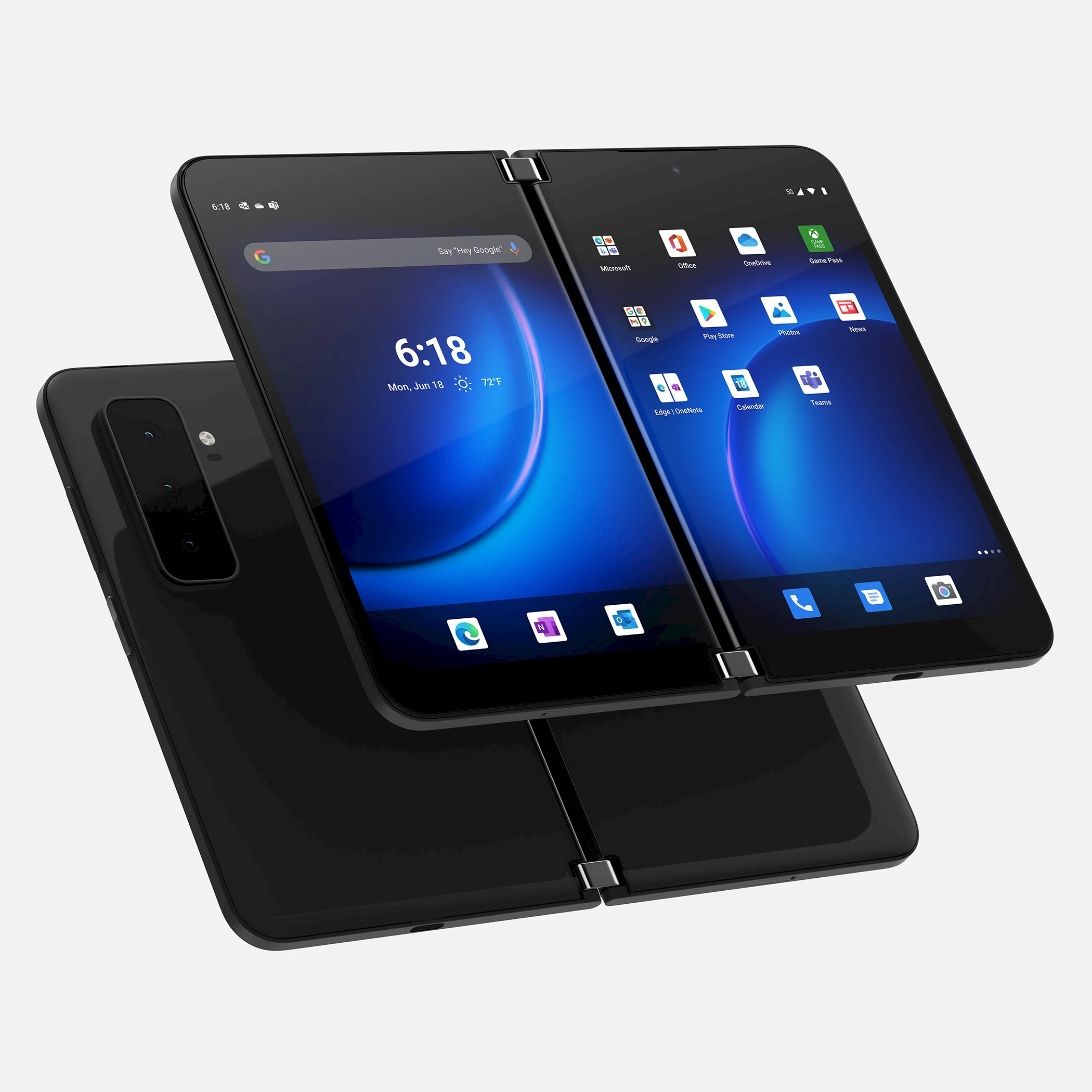
Surface Duo 2. © Microsoft.
It’s an interesting book. Microsoft announced a new generation of its dual-screen Android phone. Given that it wasn’t a bestseller the first time around, the second edition comes as a surprise. That said, all the technical specifications are significantly improved with a Snapdragon 888 processor (instead of the outdated Snapdragon 855), 8GB of RAM, 128GB of storage and a 4,449mAh amped up battery (compared to 3,577mAh). At 1344 x 1892px, the OLED displays are a bit larger (5.8-inches instead of 5.6). While the original version only had an 11MP camera above the right screen, a block of three cameras on the back now features a main 12MP, a 12MP 2x telephoto, and a 16MP ultra-wide, which can record 4K HDR video up to 60fps and slow-motion video at 120– or 240fps. And because good books need a pen, the phone supports all generations of Surface Slim Pen on the market. The Surface Duo 2 starts at US$ 1,500, which is US$ 100 more than the previous edition. The device can be pre-ordered now at Microsoft.com and will ship on October 21, 2021.
⇨ YouTube, “The new Surface Duo 2. Two screens, limitless possibilities.”
While they were at it, Microsoft edited nearly all products in its Surface line: Surface Pro 8, Surface Pro X, Surface Laptop Studio, Surface Go 3, and announced the new Surface Slim Pen 2.
⇨ YouTube, “Microsoft Surface 2021 event: Pro 8, Duo 2, Laptop Studio, and more.”
⇨ Ars Technica, Ron Amadeo, “Microsoft’s Surface Duo 2 gets better specs, an even bigger $1,499 price tag.”
2021-09-22
Fresher Kindle Paperwhite
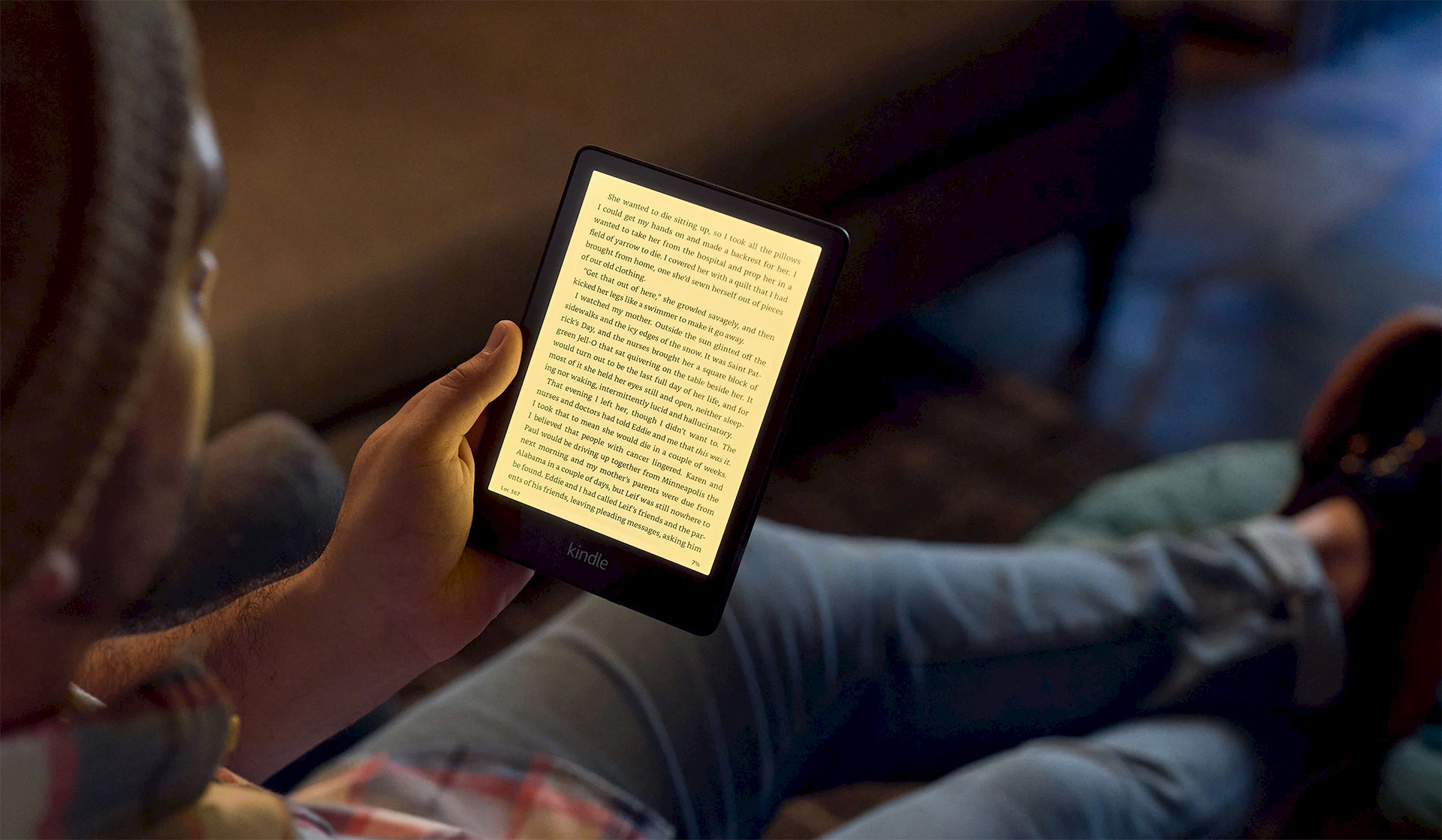
Kindle Paperwhite. © Amazon.
For the first time in nearly three years, Amazon refreshed its Kindle Paperwhite e-readers. The new models offer a larger 6.8-inch E-Ink display that is brighter and has an adjustable color temperature for night reading, a more powerful processor that offers 20% performance improvement, approximately 4 weeks of extended battery life, and faster charging via USB-C. The display kept the same 300 PPI density so the text will be just as crisp despite the larger surface area. Also, the models will be equipped with the new Kindle software version announced in early September. In addition to the basic model, the Paperwhite Signature Edition offers Qi wireless for easy recharging and 32GB of storage instead of 8GB. A light sensor automatically changes the color temperature, whereas the adjustment must be made manually on the basic model. Amazon also launched a Kids Edition, which includes a standard Paperwhite, child-friendly protective cover, one year of Amazon Kids Plus membership, and a two-year replacement program. Pre-orders have started for an October 27 shipment. The basic Paperwhite goes for CA$ 150, and the Signature version for CA$ 210. The Kids Edition is currently not available on Amazon.ca, but it can be found for US$ 160 on Amazon.com. The old version is currently on sale for CA$ 105.
⇨ The Verge, Chaim Gartenberg, “Amazon’s new Kindle Paperwhite adds a bigger screen, longer battery life, and USB-C.”
2021-09-21
Sir Clive Marles Sinclair (1940-2021)
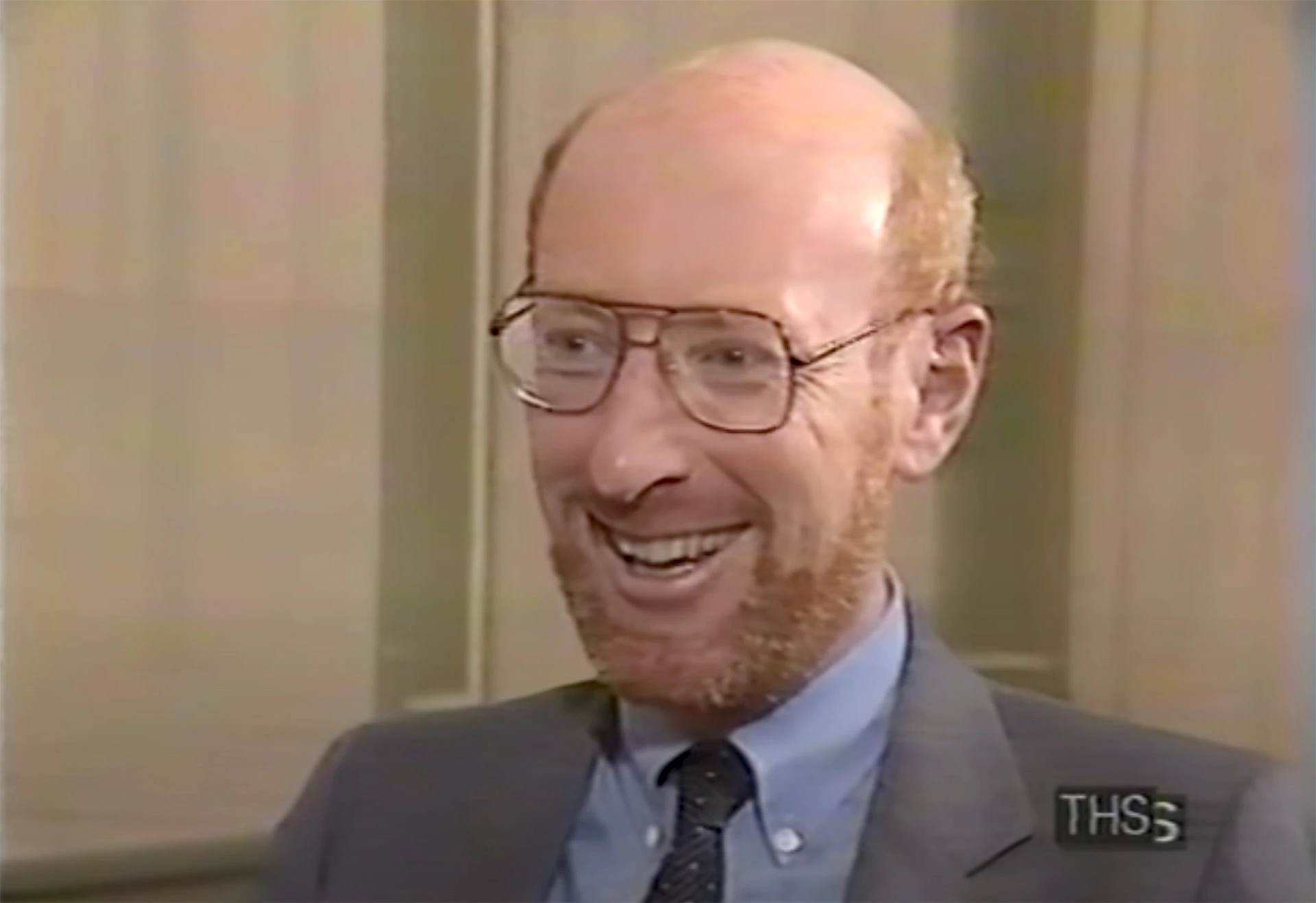
Clive Sinclair in the television show “Database” on Thames Television in 1985 [source].
Clive Sinclair, a British pioneer in the personal computer industry, died of cancer. An entrepreneur passionate about electronic technologies, he came up with innovative products such as the world’s first portable television, the Microvision, one of the first pocket calculators, the Sinclair Executive, and an electronic LED-display watch, the Black Watch. But it’s his forays into the world of microcomputing that made him world famous. In 1980, with the intent of democratizing access to computing, he launched the ZX80, a very affordable computer that connected directly to a standard television set. The device, built around a Zilog Z80 and with 1KB of RAM, was an immediate success and led many to learn about BASIC language and how computers work. The ZX80 was replaced the following year by the ZX81, which offered a more readable keyboard, expandable memory and a cleaner design. The ZX Spectrum, the first ZX with a color display, was launched in 1982. In 1984, Sinclair tried to attract professional customers with the Sinclair QL, a computer equipped with a Motorola 68008 processor and 128KB of RAM, using storage on a mini magnetic-tape cartridge reader, the ZX Microdrive developed as an option for the ZX Spectrum. Unfortunately, the Sinclair QL was a resounding failure, which led Sinclair to sell his Sinclair Research business to competitor Amstrad. The inventor returned to computers in 1987 with an LCD laptop, the Cambridge Z88, which met with modest success in a market that was much more crowded than in the early 1980s.
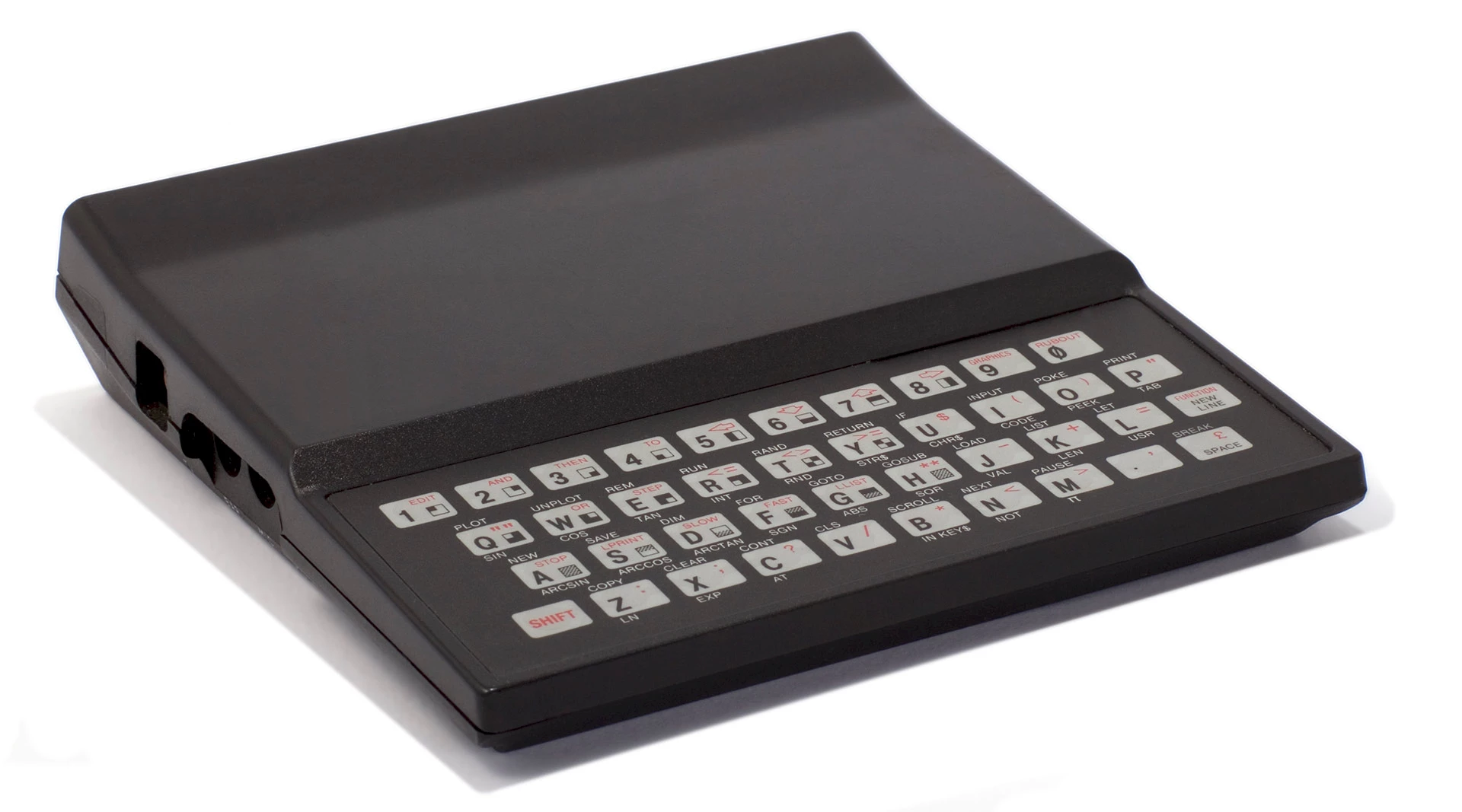
Sinclair ZX81. © iStock.
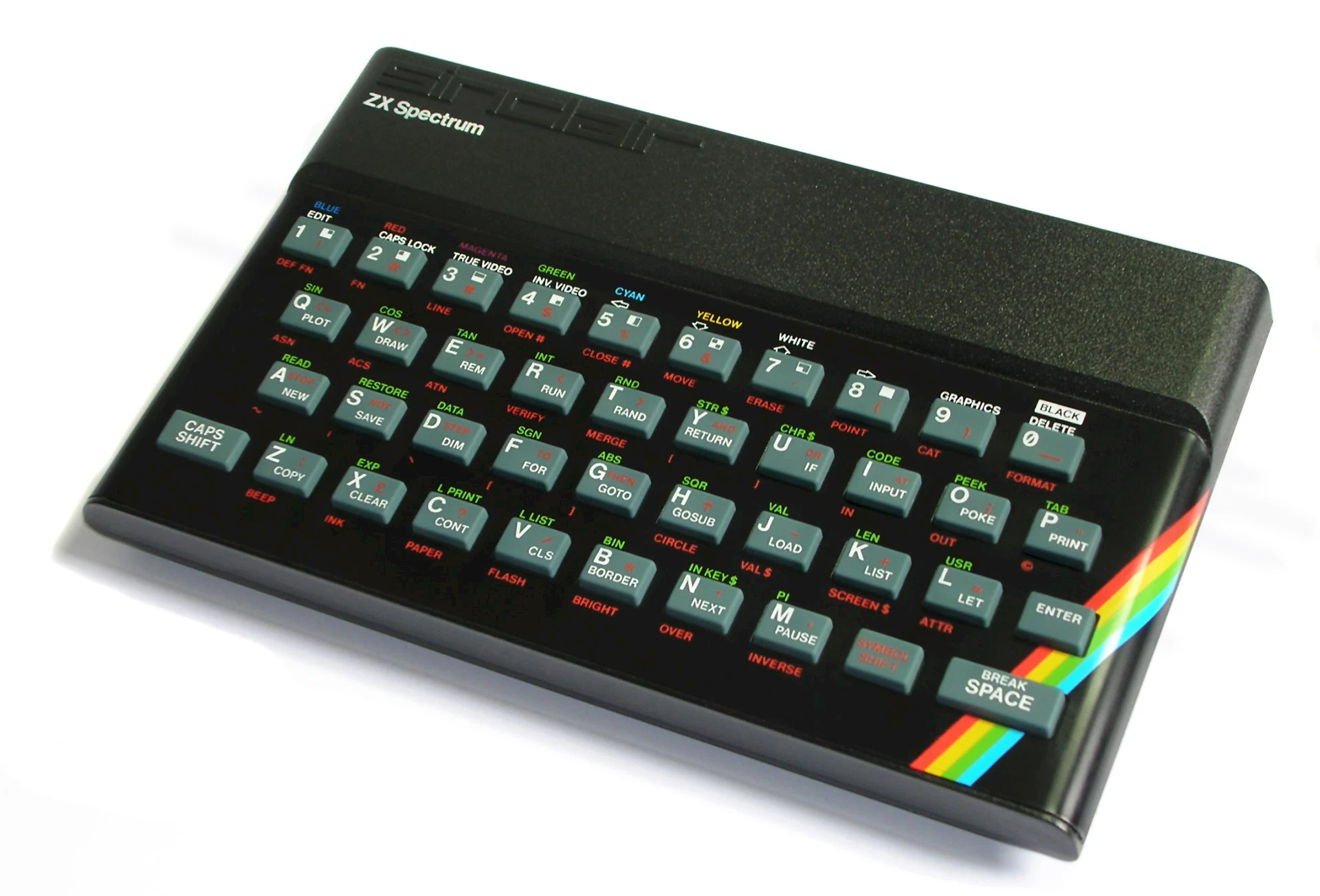
Sinclair ZX Spectrum. Bill Bertram, licence CC BY-SA 2.5.
⇨ Ars Technica, Sam Machkovech, “RIP Sir Clive Sinclair, creator of UK’s famed ZX Spectrum gaming computer.”
⇨ Eurogamer, Dan Whitehead, “In memory of Sir Clive Sinclair.”
2021-09-20
Ocean Plastic Mouse, a green mouse
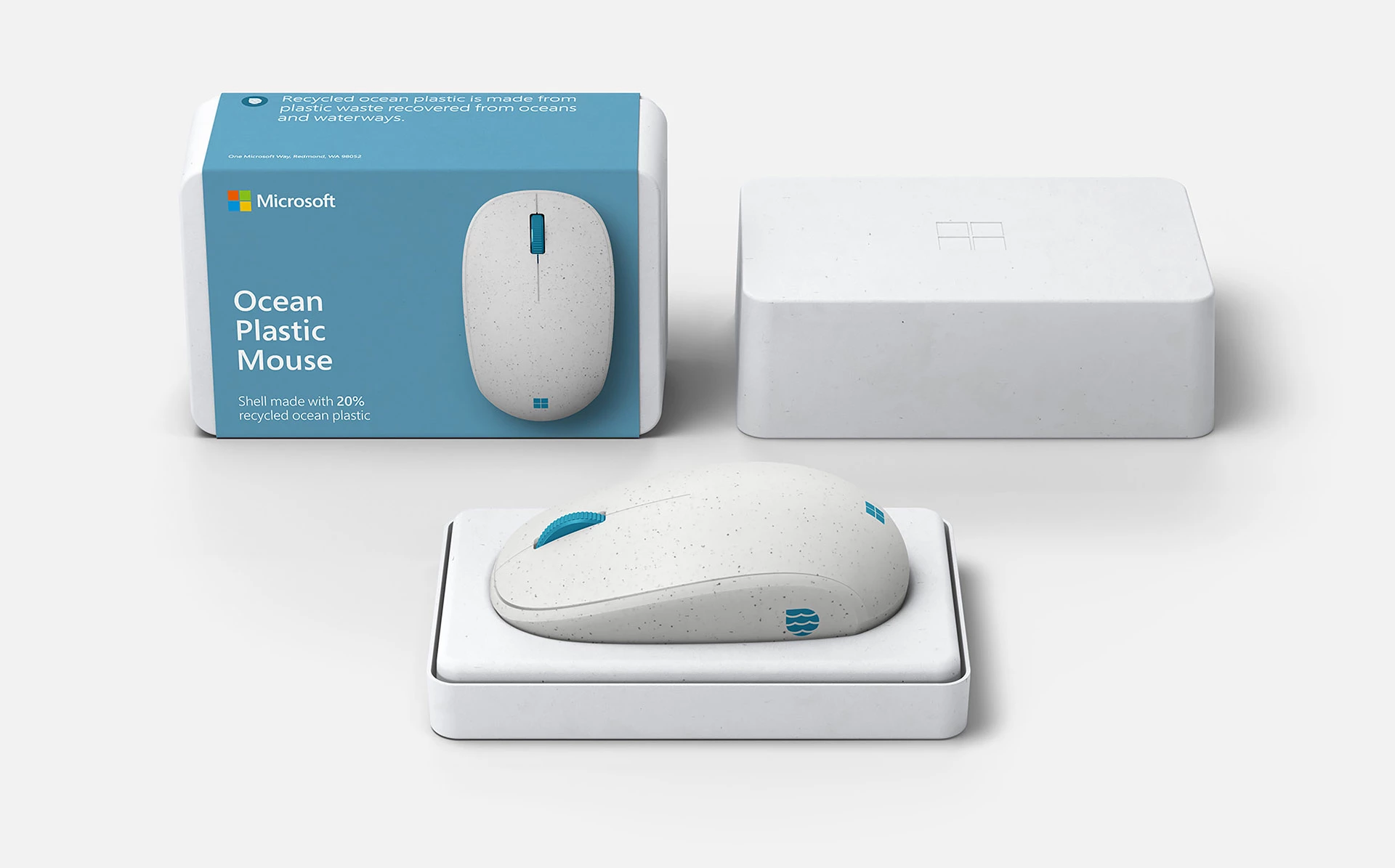
Ocean Plastic Mouse. © Microsoft.
Ocean Plastic Mouse is a new wireless mouse by Microsoft with a commendable feature: its shell is made of 20% recycled ocean plastic. Also, its recyclable plastic-free packaging is made of wood– and sugarcane fibers. Ocean plastic is made from plastic waste collected from oceans and rivers, which is cleaned and turned into recyclable resin pellets. Otherwise, it’s a very classic mouse: Bluetooth Low Energy/Swift Pair wireless connection, three customizable buttons, 1,000 PPI resolution, weighing 84 grams, battery included. The promised battery life is 12 months with a single AA alkaline battery. Microsoft also set up a program to let people mail in their old Microsoft mouse free-of-charge for recycling. The mouse will be available on October 5, and it can be pre-ordered on Microsoft.com for CA$ 35.
⇨ YouTube, “Recycling ocean plastic to help clean up our oceans.”
⇨ The Verge, Richard Lawler, “Microsoft’s new mouse has a shell that’s 20 percent recycled ocean plastic.”
2021-09-22
USB-C soon mandatory in Europe
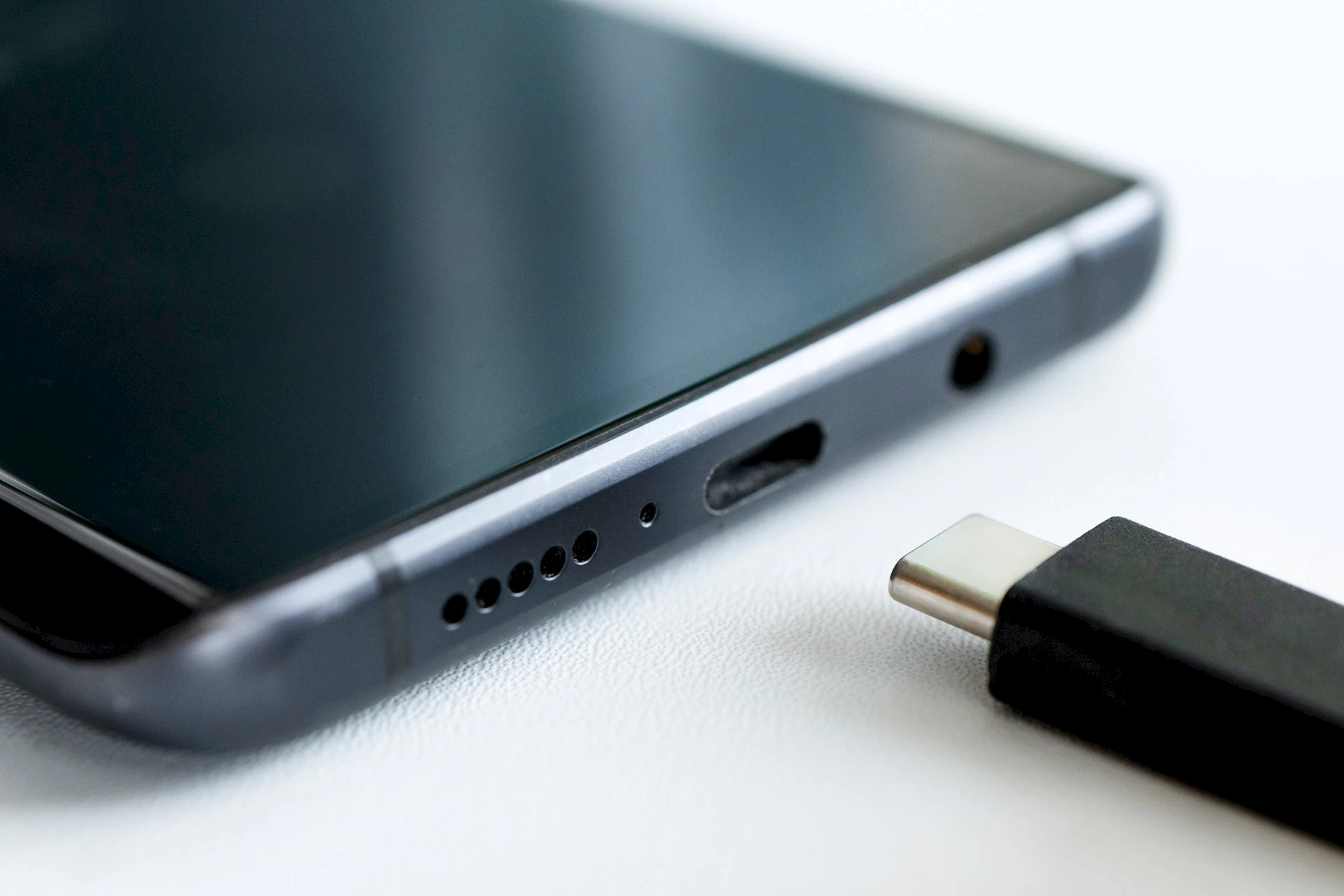
This is not an iPhone. © iStock.
The European Commission, the executive body of the European Union, has announced that it will require manufacturers of smartphones and other electronic devices to equip their products with a standard USB-C charging port. This regulation aims to reduce electronic waste by letting people reuse chargers and cables they already own when they buy new devices. Consumers will be systematically offered the option of purchasing new devices without an included charger. In addition to phones, the regulation will apply to other devices such as tablets, wireless headsets, portable speakers, portable game consoles and cameras.
This new rule will probably have the most impact on Apple, which continues to equip its phones with a Lightning port, as opposed to the increasingly universal USB-C port. “We remain concerned that strict regulation mandating just one type of connector stifles innovation rather than encouraging it, which in turn will harm consumers in Europe and around the world,” said an Apple spokesperson to Reuters. Although it still uses Lightning, Apple has made its own efforts to reduce electronic waste. Last year, it stopped providing a charger with its iPhones. The decision was met with mixed reviews, as some believed it was more about the company’s bottom line than about the environment. To circumvent the regulation, Apple might choose to offer phones without ports, relying only on wireless charging instead.
⇨ The Verge, Jon Porter, “EU proposes mandatory USB-C on all devices, including iPhones.”
2021-09-22
